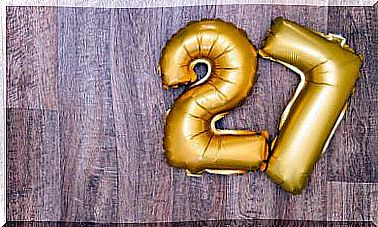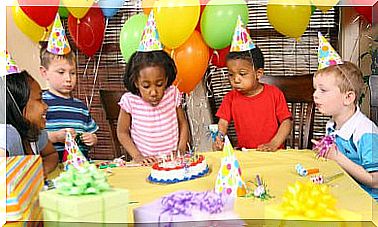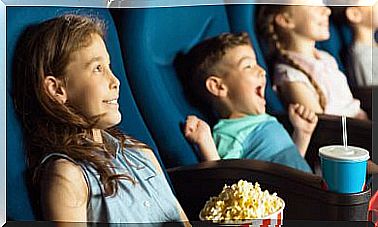Tips For Teaching Any Subject Through Art
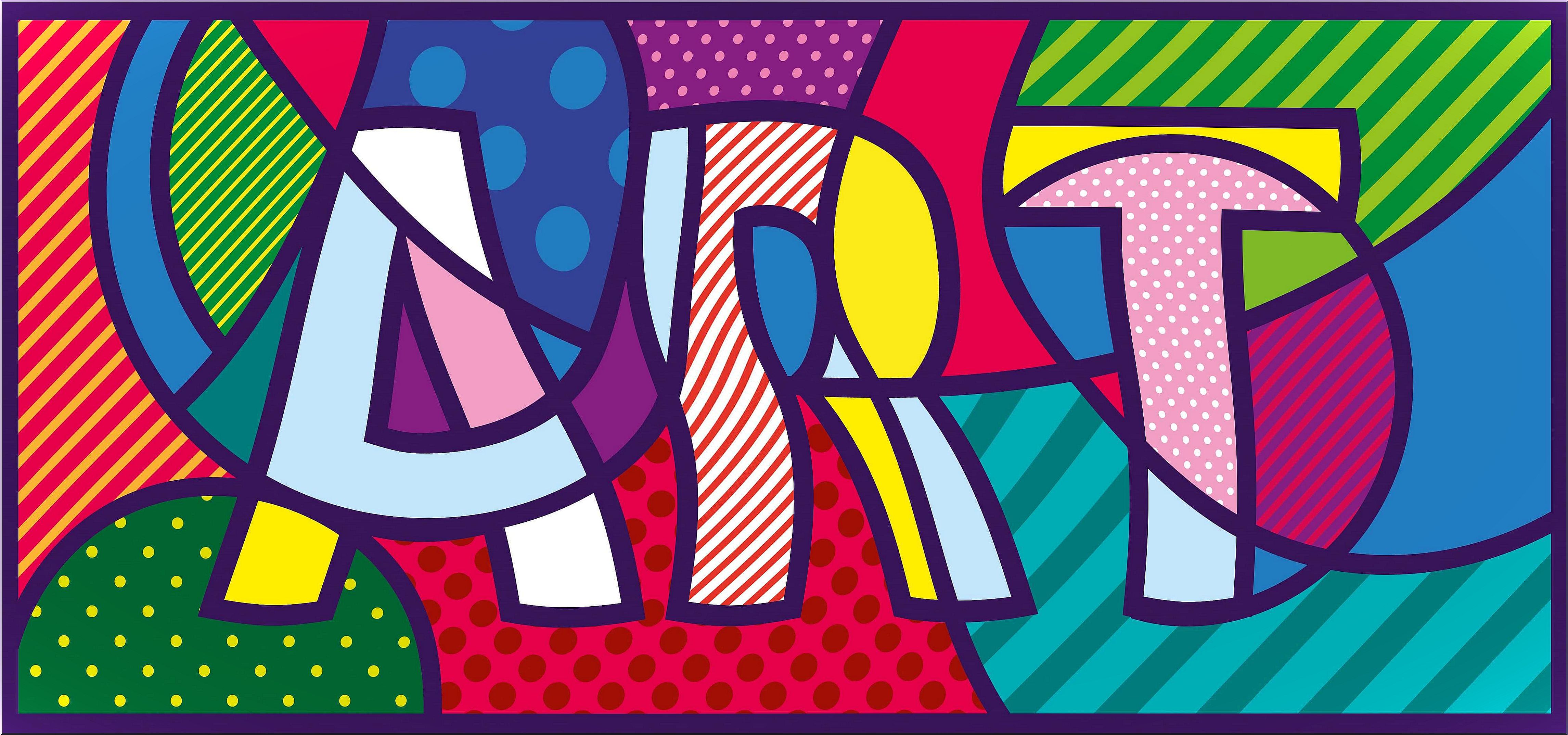
Art is usually an area that, due to its breadth and versatility, is capable of generating many advantages when used as a strategy in education. Any subject can be taught through art.
We can engage students by creating various learning needs through art. Critical thinking and even emotional skills can also be improved. It is about seeking to teach using art and thus getting to know different parts of life in the subjects that will be relevant for the students.
If teachers do not want to teach through art, great learning experiences capable of transforming students can be lost. Teaching through art provides novel opportunities in the classroom. This stimulates the minds of the students and creates different ways of thinking and learning.
Teaching through art does not require specialized knowledge in any field of art. It is about looking at the curriculum with a creative mind, looking for novelties in the content being taught. We are going to review, below, some tips that we can do so that the power of art improves teaching practice and student learning.
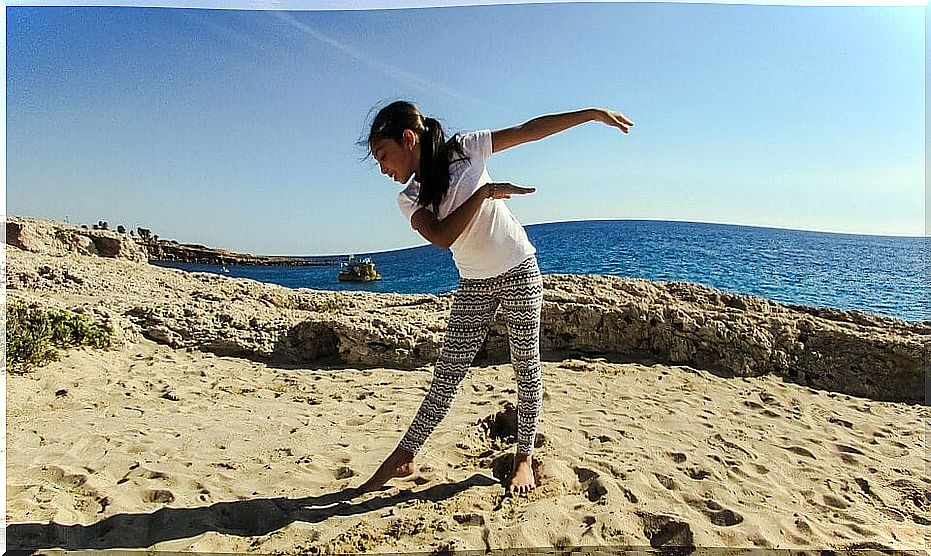
Tips to teach any subject through art
Choosing a work of art to start
Art costs the history of humanity, so any subject in the curriculum can be seen through art. It can be researched in museums, looking, for example, at their websites. Download images, search for dance videos, music concerts … We will focus on these questions when choosing works of art:
- How does this artwork relate to the curriculum?
- Does this work of art pique my interest?
- How does it relate to the lives of my students ?
If the work of art that we have chosen answers these three questions with a “yes”, we have the starting point to begin with the investigation.
Create open questions
When creating questions, we must focus on what are known as ‘open questions’. If we can make a question have at least three answers, it is an open question. It’s about not looking for the ‘good’ answer.
Open questions are what always inspire creative and critical thinking. When we are able to involve students in an investigation of works of art, we teach them to see the world differently. They will also discover the different points of view of their peers.
We must reformulate the questions as we usually ask them, observe and encourage students to use new evidence (such as visual) when developing their ideas.
Art and miscellaneous content
There are many works of art that include and address content that students probably could not even imagine. For example, mathematics is related to music; music, in a way, is mathematics.
So, we can look up mathematical sequences in music and use it in our class. The same thing happens with dance: we find patterns that we can explore to learn about other subjects.
Topics to teach any subject through art
We can choose portraits of an artist and ask a general question to create connections between the artwork, the curriculum, and the lives of the students. These themes are always effective. They are a very good point of view to start with new content in an engaging way.

It can be done, for example, to start reading a novel that we have recommended in class. Investigate the author’s relationship with the portraits and investigate it with the students, relating it to the characters in the novel and with themselves, and developing points from the curriculum.
Go beyond the classroom
It is important to go out with the students, to go beyond the closed space of the classroom. Whenever we are allowed, we must go with them to museums, art galleries, exhibitions, theaters, concerts, in order to get closer to art in person. Living art in person is much better than seeing it, hearing it or knowing it on a screen.
We can also search for local artists and contact them. Some will even have special programs for colleges or institutes, or could create them. We will find many artists delighted to be able to chat with young people about their work and art.
In short, we will seek the creative, we will not stop relating content to art until we create a whole and open the minds of the students, because everything in the classroom is not content without more; we can go much further.


